By Don Radebaugh — It’s a pretty nice rock, as far as rocks go. And to a geologist, I’m certain it would tell an interesting story; but none more interesting than the story that sits behind it. If you look beyond the rock (cover photo), you can see a white house among the trees, a house that holds more history than most could imagine.
On one hand, the rock literally serves as a marker for where the house used to live, from 1850ish to 2004. On the other, it could figuratively represent some sort of consolation prize for not bulldozing the home over, which is what the St. Joseph Catholic Church across the street arguably intended to do…that is if the demolition permit the Zoning Department issued can serve as proof. Keep in mind the church did in fact own the property. However, there was opposition from concerned citizens who wanted to preserve the home…hence the formation of “The Friends of the Lathrop House”, which had the “City of Sylvania” on its side. What came next was a two-and-a-half-year legal and political tug of war, and the rest is ‘history’… sort of.
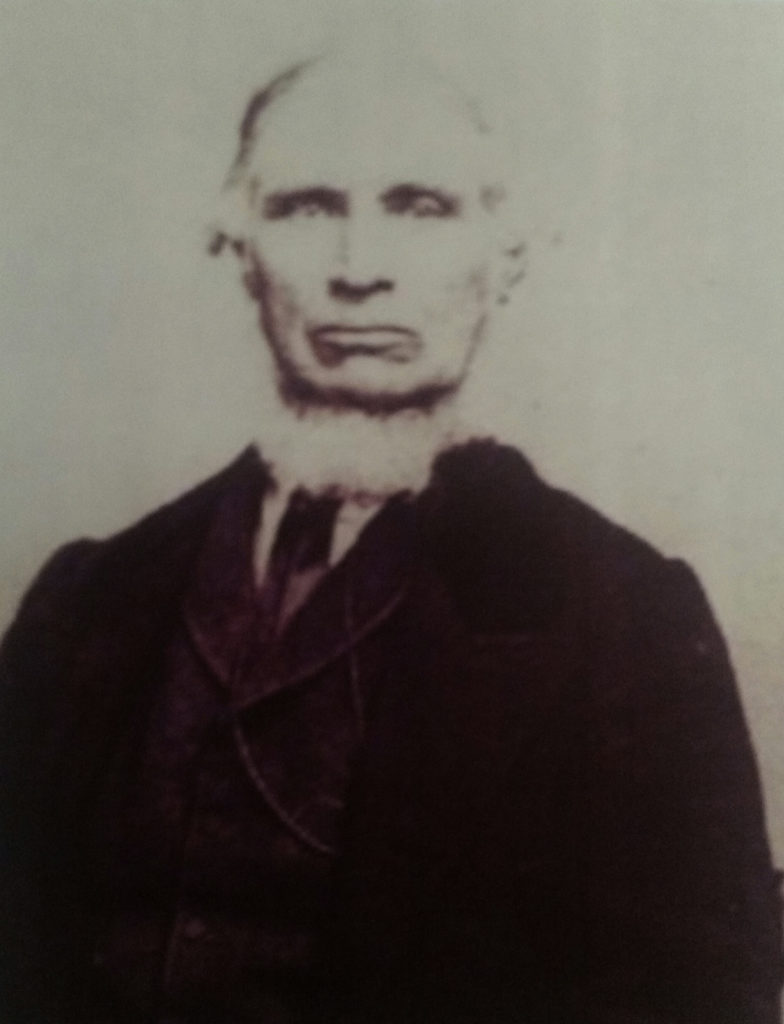
The Lathrop House is named after the home’s third owner, Lucian Bonaparte Lathrop, who lived on the property with his wife Larissa from circa 1847 until his death in 1873. Lucian in fact died in the home. Technically, the Lathrops first lived in a small dwelling on the property built by the original property owner Elkanah Briggs in 1835. Lathrop, who purchased the property from Briggs’ widow’s estate in 1847, constructed a two-story Greek Revival home in 1850 and merged it with the structure that Briggs built. The Lathrop House currently resides in Harroun Park, property owned by the City of Sylvania.
Called to be a Universalist minister, Lathrop, originally a farmer, also served as county commissioner and Ohio congressional house representative while his wife raised the family and managed the household.
Prior to the passage of the 13th Amendment in 1865 (signed by President Lincoln in the nick of time before John Wilkes Booth took his life), which made slavery illegal in America, the Lathrop home was part of the Underground Railroad. The Underground Railroad was neither underground nor a railroad, but a metaphor for a secret system of cooperatives who “sheltered, fed, clothed, nursed, concealed, disguised” and guided runaway slaves to freedom. Sylvania was a hotbed for the Underground Railroad because it was one of the last stops in Ohio and close to Detroit where slaves were then ferried across the Detroit River into Canada where their freedom awaited.
 From Maumee City, slaves were hidden in lumber or hay wagons and transported, usually at night, to their next destination, the Harroun residence and barn where they were hidden in the attic of the home or the hayloft above the barn. From there, they traveled about a half-mile west, through the ravine (now part of Harroun Park) and to the Lathrop home. The ravine in between the Harroun barn and Lathrop’s house offered protection…sort of a secret passageway where they could travel undetected. Once inside the Lathrop home, slaves were hidden in a compartment behind an oven door in the cellar. There were actually two oven doors, one used as an oven, and the other as a secret passageway to the room where slaves waited for the coast to clear.
From Maumee City, slaves were hidden in lumber or hay wagons and transported, usually at night, to their next destination, the Harroun residence and barn where they were hidden in the attic of the home or the hayloft above the barn. From there, they traveled about a half-mile west, through the ravine (now part of Harroun Park) and to the Lathrop home. The ravine in between the Harroun barn and Lathrop’s house offered protection…sort of a secret passageway where they could travel undetected. Once inside the Lathrop home, slaves were hidden in a compartment behind an oven door in the cellar. There were actually two oven doors, one used as an oven, and the other as a secret passageway to the room where slaves waited for the coast to clear.
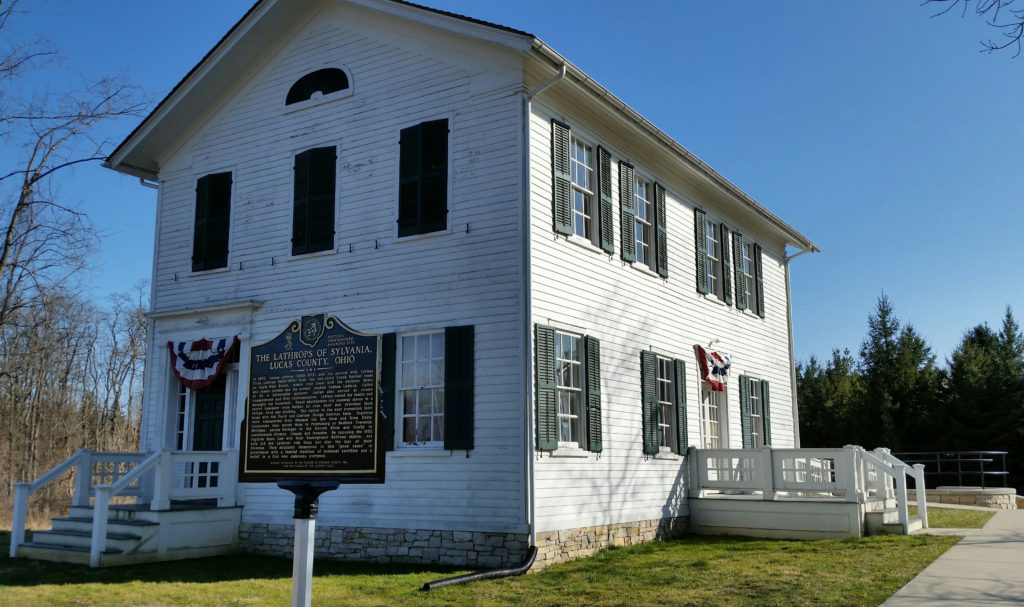
Families such as the Harrouns and the Lathrops of course risked everything to secure freedom for people they did not know. The Fugitive Slave Act of 1850 made the practice of the Underground Railroad illegal. In fact, Americans, by law, had to turn in runaway slaves or face prosecution by the Federal government which could include losing their own freedom. Talk about risking it all. Lucian and his wife Larissa, without question, “dedicated themselves to this ‘good cause’ in accordance with a familial tradition of personal sacrifice and a belief in a God who embraces everyone.”
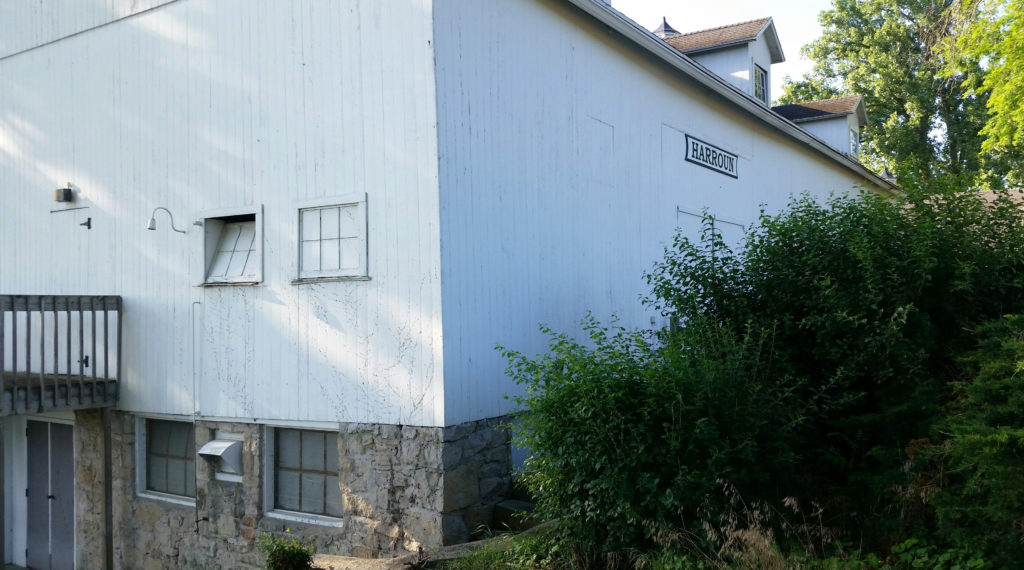
The Harroun family had well-documented proof that they were very active in the Underground Railroad, documentation that included the Lathrop link in between. I’m not going to get into detail, but there’s so much proof out there, it would be ludicrous to suggest that the Lathrop home was not part of the Underground Railroad. A secret room in the cellar behind a secret passageway would be enough for me, but if you need more, by all means read Gayleen Gindy’s terrific book “The Underground Railroad and Sylvania’s Historic Lathrop House” which provides more than 50 documents that help record the secret routes that came through Sylvania. There are no “official” records kept of the Underground Railroad for obvious reasons. Remember, it was illegal to harbor runaways, so it was done in secrecy.
While the Underground Railroad could only operate “under the radar”, the Lathrops’ connection to the Underground Railroad, and all the stories that went with it, were eagerly handed down over generations through the several different families who would occupy the home from 1835 up until the Vogt family sold the home to the Church in 2001. And it was that last exchange, from Vogt to the Church, when things got messy. Now it seemed you were on this side, or the other. And yes the issue got political long before “Issue 16” came to the forefront. From demolition permits to eminent domain, the fate of the Lathrop House culminated with a dramatic battle at the ballot box.
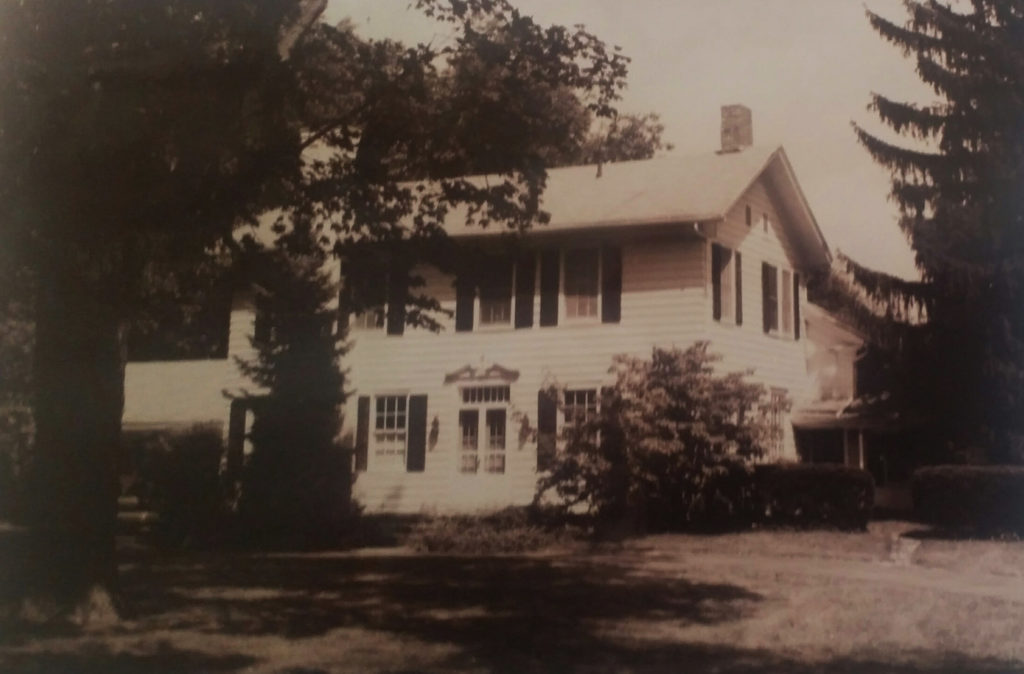
To cut to the chase, one side wanted, not only to preserve the historic home but keep it on its original foundation over the original cellar that harbored runaway slaves, while the other side wanted to demolish it in favor of expansion for the Church.
In the spring of 2001, Mrs. Marie Vogt offered to sell the property to the City of Sylvania for $750,000. The city declined the original offer, citing that the offer “exceeded sound financial management”… all the while hoping to continue the negotiations to purchase the property at the fair market rate. Under private negotiations, without input from the City, St. Joseph submitted an offer later that summer. And on October 31, 2001, the Church closed on its purchase of the Lathrop House and property for…wait for it…$350,000, ultimately less than the sum the City of Sylvania would have paid. Now, whether Mrs. Vogt was chapped over the city’s decline in the original offer of $750,000 and sold it to the Church for less than half as a result, is forever up for debate; but that’s how the sale went down.
Then, on November 5, 2001, the Zoning Department issued a demolition permit. Ouch for the Friends of the Lathrop House, the City of Sylvania or anyone with an interest in saving the home. With each side holding firm, negotiations began in earnest to relocate the home. After several back and forth proposals over the next year, a site, suitable to both, could not be agreed upon. One such proposal from the Church was to move the home near the northeast corner of the next-door parking lot…no man’s land on the immediate edge of an asphalt lot, and no room on the other side. Thanks, but no thanks. As negotiations continued to fail, in December of 2002, the Church indicated it was imposing a deadline of March 31, 2003 to relocate the house.
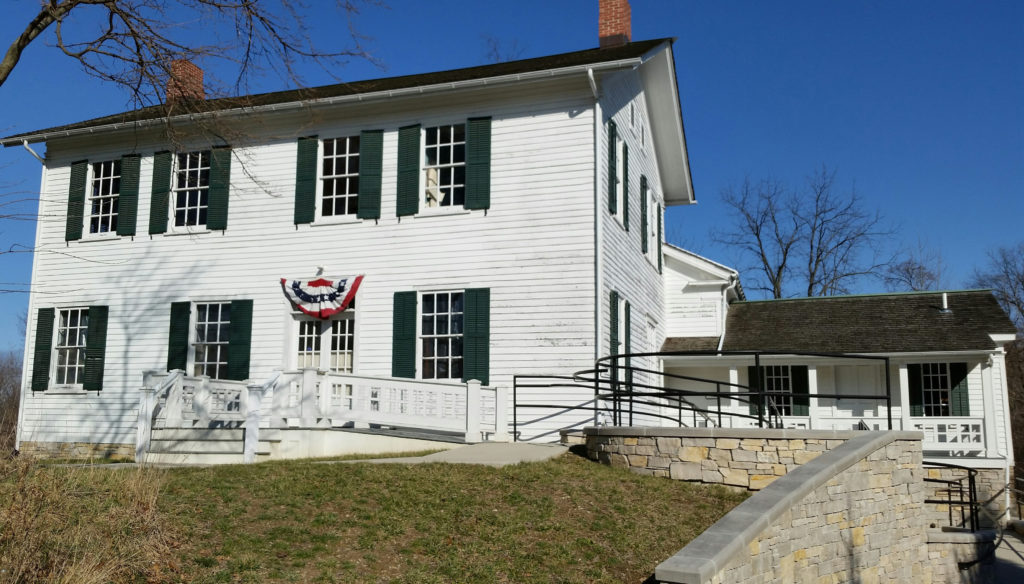 Keep in mind, the very idea of relocating the house was in itself a major-league consolation prize for the City of Sylvania and The Friends of the Lathrop House. After all, the most important component to the home was the original stone foundation and cellar, which would be destroyed in the moving process, thereby destroying the historical integrity of the property. The oven door opening that led to the secret room in the original cellar…it was all still there! What would the Lathrops have to say about destroying it? How about the slaves who gained their freedom through that cellar? Does it matter? Open questions for future generations.
Keep in mind, the very idea of relocating the house was in itself a major-league consolation prize for the City of Sylvania and The Friends of the Lathrop House. After all, the most important component to the home was the original stone foundation and cellar, which would be destroyed in the moving process, thereby destroying the historical integrity of the property. The oven door opening that led to the secret room in the original cellar…it was all still there! What would the Lathrops have to say about destroying it? How about the slaves who gained their freedom through that cellar? Does it matter? Open questions for future generations.
At any rate, St. Joseph officials made it known that without a signed agreement by March 31, 2003, the house would be demolished on April 1, 2003. It was then that the City offered the church $400,000 for the Lathrop House and property…the offer promptly rejected. As a result, ”City Council voted unanimously for eminent domain as the only timely solution to prevent the Lathrop House from being demolished.” On March 28, 2003, after the Church rejected the City’s offer to purchase the property at more than its fair market value, the eminent domain lawsuit was filed.
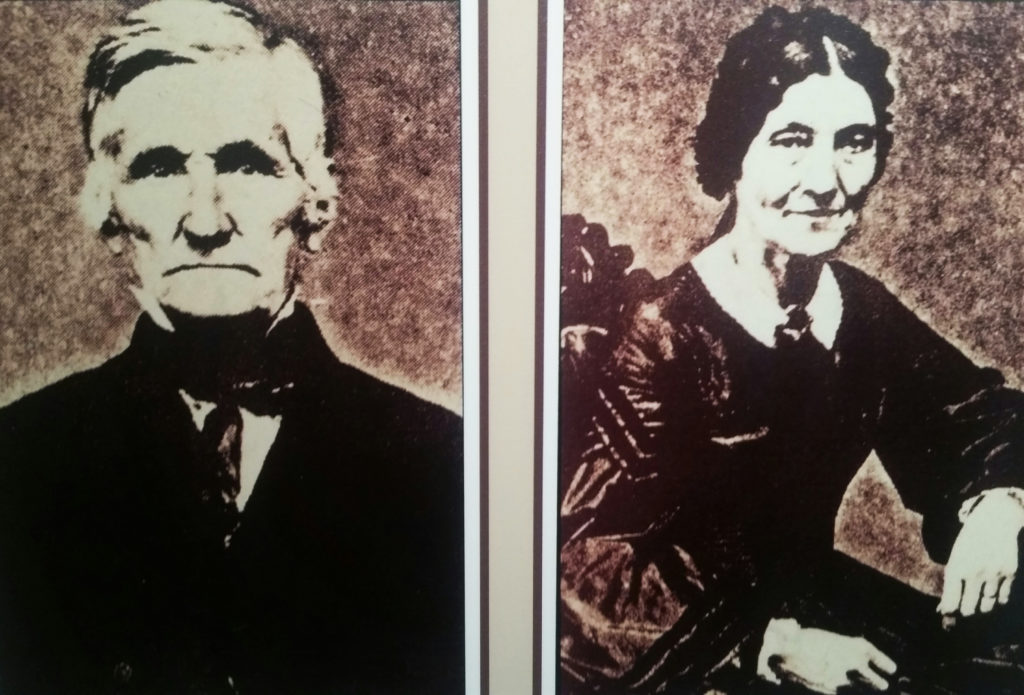
For the City, eminent domain was intended to accomplish two things: 1. Ensure the City would have access to and parking for Harroun Park — a recent expansion drawing by St. Joseph had proposed a new church sanctuary on the present parking lot in front of Harroun Park. 2. Prevent demolition of the house.
In July of 2003, the Toledo Blade reported that a petition to stop Sylvania City Council from its eminent domain proceeding had gained enough valid signatures from registered voters to appear on the November ballot. A political action committee, “Citizens For Sylvania” was formed to stop the eminent domain and signatures were gathered at St. Joseph Church after Sunday services. On October 15, 2003, one of the many advertisements sent to city voters was a half-page post card supporting Issue 16 which read, in part: “Stop Wasting Tax Dollars – vote Yes On Issue 16. 1. Save taxes, 2. Protect property rights, 3. Save and move the house.” Save and move the house? Wait! … What!? What about that demo permit, the one the Church put an expiration date on? Does that sound like ‘save and move the house?’ Am I missing something?
At that time, three City Council candidates endorsed a Yes vote on Issue 16, one of whom was a St. Joseph parishioner running for a seat on council. Two of the three were elected on November 4, 2003, including the aforementioned parishioner. With the final votes in, Issue 16 passed with just over 56 percent of the vote. The political fight was finally over. The Church won. The City of Sylvania and The Friends of the Lathrop House lost.
Albeit too late, an advertisement appeared in the Sylvania Herald on January 14, 2004 paid for by a group called the “Independent Citizens of Sylvania”. The ad read, in part, “Attention Sylvania City Residents – If you voted yes on Issue 16 to save and move the Lathrop House, you have been deceived.” It also explained that the political action committee that spent 27 grand running the “Vote Yes On Issue 16” campaign was financially connected to the Church. Although they claimed to be a separate entity, contribution forms disclosed that “99.9 percent of its contributions came from parishioners. Campaign information, resources and signs were distributed on the church’s premises, effectively making it their headquarters.” Citizens For Sylvania, to which parish officials whose members funded and advertised for the cause, gave the impression that “they” were the ones who wished to “save” the house. Further, Citizens For Sylvania disbanded after their issue was passed “by a confused public.”
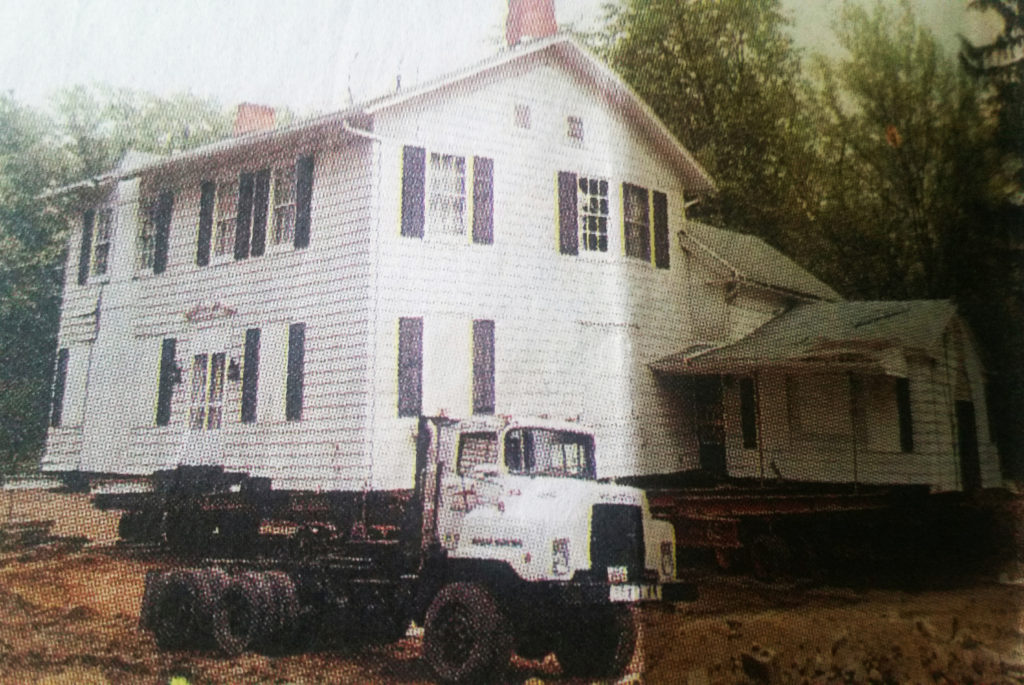
On May 13, 2004, the Lathrop House was lifted from its foundation and moved a few yards to the east and then turned to the north. The foundation and cellar were destroyed and filled in with good old-fashioned dirt. On June 23, 2004, the historic Lathrop House was relocated again…into Harroun Park and placed on its new foundation where it ‘rests’ today…although I’m not sure it’s resting peacefully.
And the rest is ‘history’… sort of. Because now we can’t tell the history of the Lathrop House as authentically as we could have because the most important piece is forever missing. Just imagine…a church, complete with a school, could have had one of the greatest history lessons in America in their front yard, an original artifact to “show and tell.” What a magnificent teaching opportunity for the teachers and students alike. The leadership of the Church didn’t see it that way…more like, ‘if we can’t knock it over, just get it out of the way.’ Except for that it wasn’t in the way. In fact it would have been one of the noblest acts to leave it where it was. In the end, both sides lost, because the historical integrity of the site was/is forever destroyed.
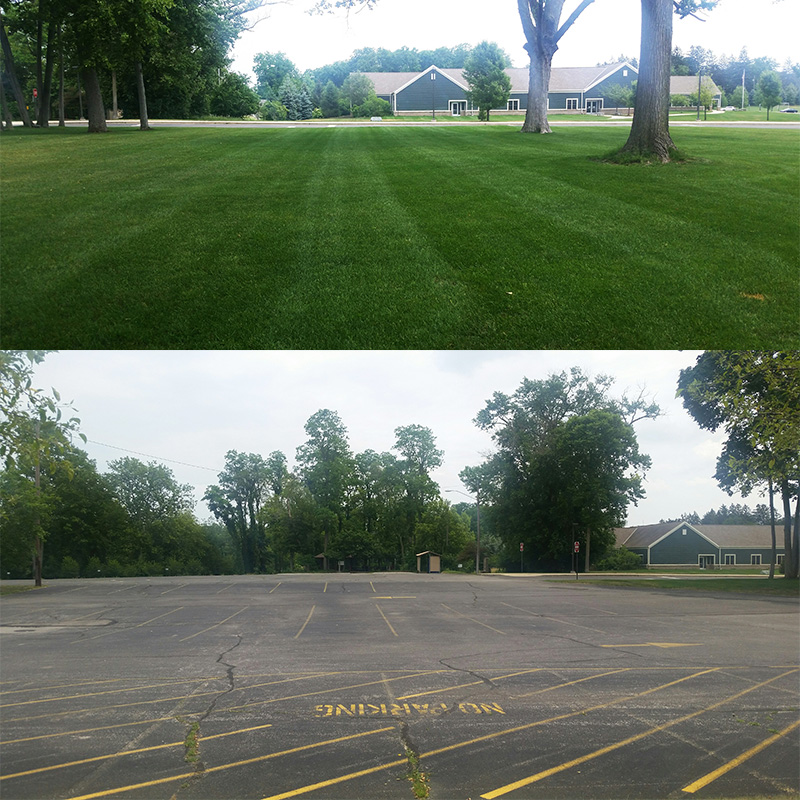
If history teaches us anything it’s that it’s important to pay attention to it…not just for the stories and lessons it teaches, but for the road map it provides. History keeps repeating itself because we often fail to learn the lessons along the way. How can we have an understanding of where we are going without some knowledge of where we have been and how we ever got here to begin with? The blood and suffering of those who paved the way before us must and should mean something. The history of America is among the most interesting in all the world, and it needs, not only preserved, but taught in our classrooms, public and private.
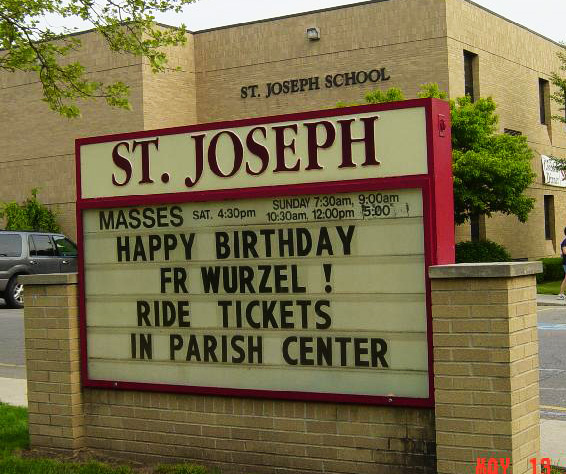
It bothers me now when I drive by the Lathrop House because you can hardly see it from the road…concealed, ironically “hidden” behind a picnic area pavilion and a clump of giant trees. If you don’t already know where the house is, you wouldn’t know it’s even there, certainly not as well as you could have, and should have, had it remained where it belongs…standing where it was for 167 years in the front lawn on its original foundation. For yet another kick in the shins…had the home stayed on its original foundation, it would have come under the protection of the National Register of Historic Places and all the perks that come with it. But, because it has been moved, it has lost that right. Such a shame. And looking at the expansion, one can see there is nothing but grassy area and plenty of room for the house…a giant-sized front lawn full of grass. Each could have easily coexisted together, with plenty of room to groove for all. What the Church did was questionable at best. It wasn’t just what they did, but the way they did it, under the guise of a political action committee that deceived the voters. Essentially, a no vote meant yes, and a yes vote meant no. Clever indeed, but not without the base alloy of deception at its core. The “Happy Birthday” wishes for the Church’s head parishioner on the marquee out front on the very day the home was moved was tasteless and an unnecessary insult to those who fought so hard to save the historical significance of the home. Taunting their opponents in a “happy birthday victory march” was insensitive and downright rude.
In a Toledo Blade article published Jan. 21, 2008, Father Wurzel was quoted regarding the Lathrop House ordeal. “Sure that was stressful,” Father Wurzel said. “People had strong opinions on either side. But I knew from the start that the only decision that could be reached had to be a compromise. Some people don’t appreciate that.”
“I knew from the start?” What!? I suppose it’s easier to be conciliatory after the deed is done, but how does one reconcile “compromise” with a demolition permit? If they could have mowed the house over, they would have. Let’s call a spade a spade here. In the end, Wurzel’s “my way or the highway” style won out. A full four years after the home was moved, deceiving quotes continued to spew from the Church. On the upside, The Church offers up a teachable moment…on how not to behave.
After I learned that Lucian Lathrop and his family are buried in a quaint little cemetery just 8 miles west of Sylvania, I decided to drive out and pay my respects. So here’s to you Lucian Lathrop and your wife Larissa, to the Harrouns and to all the men and women who risked everything to save humans they did not know. How commendable. 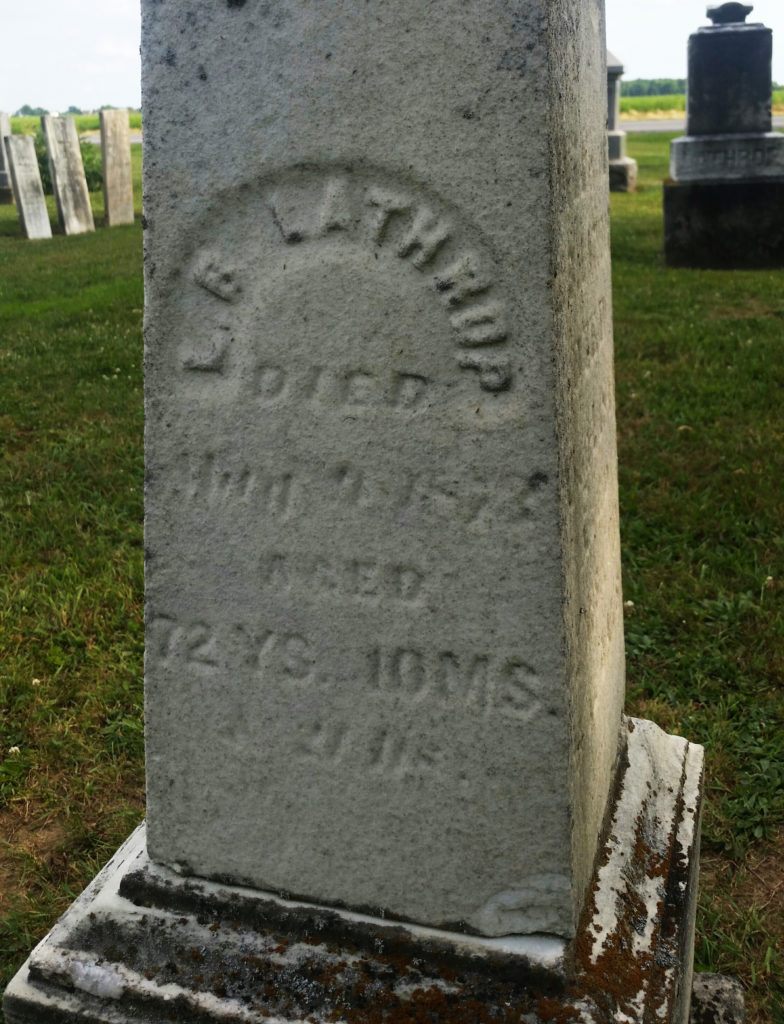 We fully understand that the Fugitive Slave Act that would have prosecuted you to the fullest…that same Fugitive Slave Act made by politicians who were unwilling to try out that evil slavery thing on their very own. Imagine that. What I wouldn’t give to sit down with you, Lucian, and your family to listen to the fascinating stories, the true stories of Sylvania’s Underground Railroad, by candlelight, huddled up in the original cellar, the one that “we the people” so callously, foolishly and irresponsibly destroyed. Hope you like the rock.
We fully understand that the Fugitive Slave Act that would have prosecuted you to the fullest…that same Fugitive Slave Act made by politicians who were unwilling to try out that evil slavery thing on their very own. Imagine that. What I wouldn’t give to sit down with you, Lucian, and your family to listen to the fascinating stories, the true stories of Sylvania’s Underground Railroad, by candlelight, huddled up in the original cellar, the one that “we the people” so callously, foolishly and irresponsibly destroyed. Hope you like the rock.
Sources: “The Underground Railroad And Sylvania’s Historic Lathrop House”, by Gayleen E. Gindy, copyright 2008.
The Friends Of The Lathrop House.
The Blade.
Notes: The Lathrop House is need of funds to help it survive. Please consider contributions to the cause, more specifically to The Friends of the Lathrop House. Checks may be made payable to: Friends of the Lathrop House, and mailed to Friends of the Lathrop House, P.O. Box 922, Sylvania, Ohio, 43560.
The Lathrop House is open Sundays from 1 – 4 p.m. from April 2 to November 19 in 2017.
Upcoming Meeting and Events:
July 11: Bimonthly meeting of the Friends of the Lathrop House at 7 p.m. at the carriage house behind Sylvania Historical Village Museum, 5717 North Main Street, Sylvania.
August 5: Celebration of Freedom at The Lathrop House from 1 – 3 p.m. Historical reenactors, music, games and refreshments. Free and open to the public.
September 5: Bimonthly meeting of the Friends of the Lathrop House at 7 p.m. at the carriage house behind Sylvania Historical Village Museum. Guest speaker to be announced.
November 7: Bimonthly meeting (see above) with guest speaker to be announced.

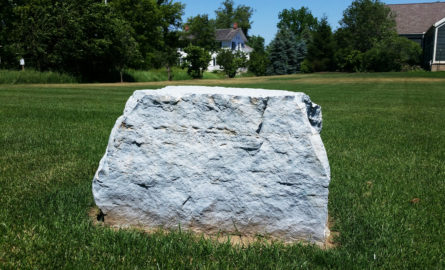
Terrific historical writing that exposes such an inhumane, heartless, and unnecessary act of destruction. It reinforces the worst of a “church” and of what a church is supposed to do and be.
Thanks Jay!
all I can say is politely…. they obviously have no shame and do not care about black lives… history happened there and the fact they didn’t care means they do not care about anyone bit themselves
Thank you Don, for telling the whole story.
Wow, another reason I’m no longer Catholic. They burned that bridge with me long ago and this just confirms it.Why destroy such an important piece of history for a lawn? It shouldn’t be destroyed for a new building much less new grass.